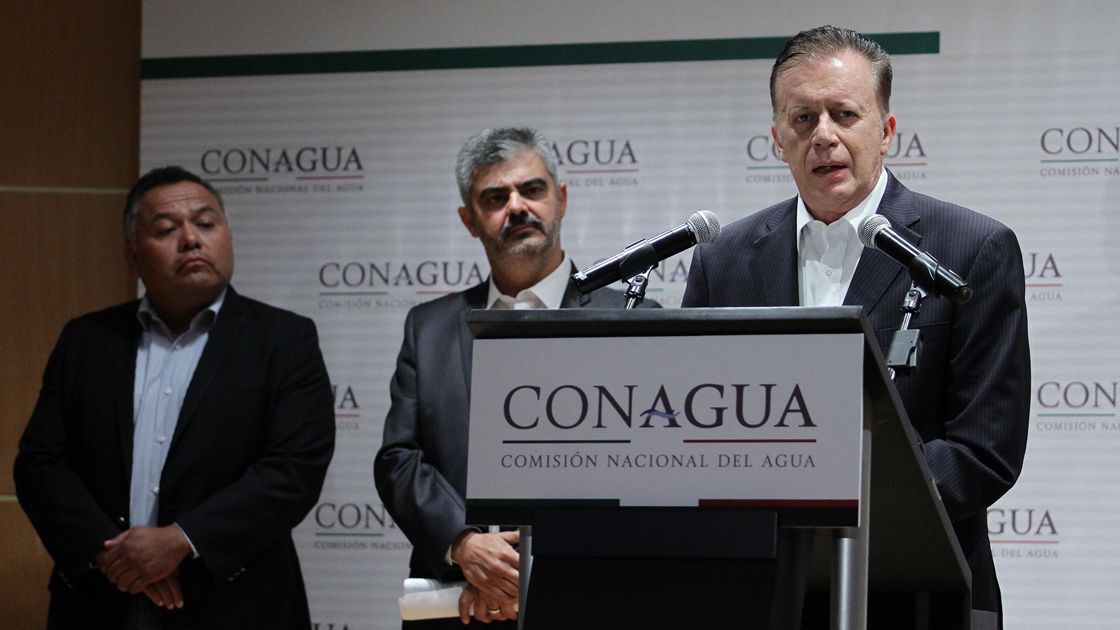The National Water Commission ( Conagua ) announced that it will suspend water service in 50% of Mexico City and part of the State of Mexico for maintenance works in the Cutzamala System from October 31 until November.
He indicated that the measure will affect 4.5 million people in the capital of the country and 3.6 million people in the Mexican state.
The general director of the Basin of Aguas del Valle de México of the Conagua, Antonio Juárez Trueba, explained that to guarantee the reliability in the supply of potable water in the Valley of Mexico, the . . .







